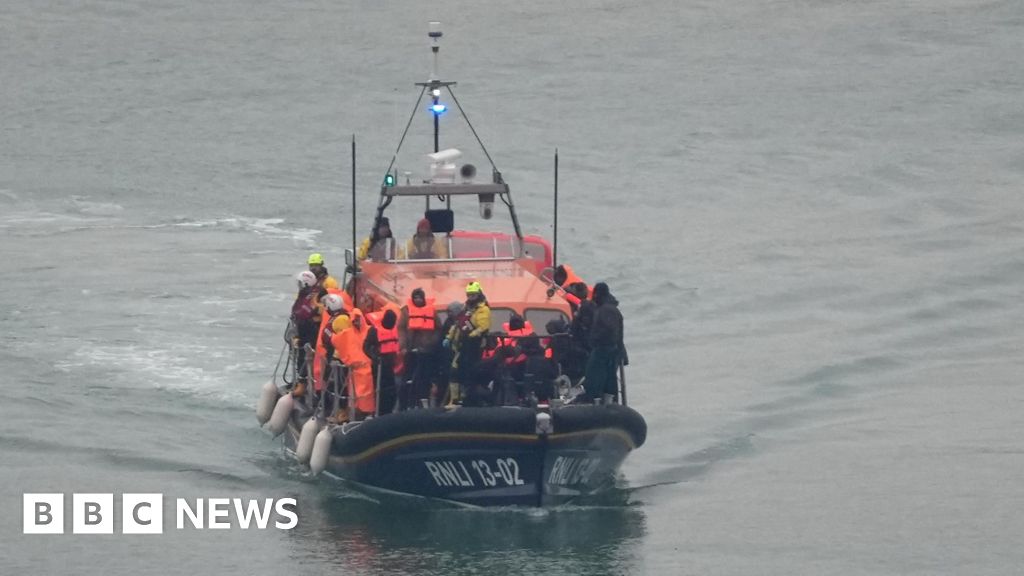Sick of paying for a pricey streaming service like YouTube TV just so you can watch local channels — or, you know, the Super Bowl? You may not have to. Turns out antennas are still a thing; cable TV and then cord-cutting simply made us forget about them. Maybe that was OK, because those old "rabbit ears" weren't exactly decor-friendly. But modern antennas look quite different, from paper-thin rectangles designed to stick to a window to funky figure-eight sculptures for your attic or roof. And they're better suited to the digital demands of modern broadcasting. Let's take a look at some of the best digital antennas that bring free TV channels and local programming into your home.
These picks are based on overall features, personal testing (where possible), user ratings and, of course, price. However, having tried a bunch of different antennas and spoken with others who have done likewise, one thing is certain: Nothing is certain. You might live half a mile from an NBC broadcast tower but can't get a decent signal for that station. You might live in the boonies and enjoy amazing reception from all five major networks. There are so many variables involved, it's hard to know what the outcome will be until you actually try an antenna.
Just be prepared for possible disappointment: Browse Amazon and you'll see that most antennas have mediocre user ratings, typically in the four-star (out of five) range or often even lower. That's precisely because of the reasons stated above; antenna reception can be very hit and miss, and for many users, it's a miss. So look upon this as an experiment, one that may or may not bear fruit. (Thankfully, antennas tend to be pretty inexpensive.)
One other thing to note: Some cheap, off-brand antennas tout features like "400-mile range!" and "4K and 8K channels!" Don't fall for these bogus claims. No antenna has a 400-mile range; the best you can hope for is around 80 miles, and that's usually from an outdoor setup. As for 4K and 8K, that assumes the stations are broadcasting at those resolutions (again, most are not) and that you have the necessary tuner to receive them. Learn more in the FAQ section, below.
Table of contents:
Update, Feb. 5, 2025: We checked all product prices and availability.
Best digital antenna overall for 2025
Other digital antennas we like
FAQs
Will a digital antenna work with my TV?
If the TV was made in the past 15 years or so, chances are excellent it has a built-in digital tuner — meaning all you need is an antenna. Following a simple channel-scan procedure, you should be able to start watching live broadcasts immediately, no Wi-Fi or anything else required.
Does location matter?
Just like in real estate. Where you live will determine what kind of antenna you need and where it should be placed, indoors or outdoors. Remember, one of cable TV's big advantages was the, er, cable: It could deliver all your channels without range limitations or interference from the likes of trees or power lines. But an antenna? Yep, it's all about signal strength. (Scroll down for more info on AntennaWeb, and how it can help.)
What kind of channels can I expect to pull in?
If you live in a major metropolitan area, chances are good you'll be able to pull in all the major broadcast channels like Fox, CBS, NBC and ABC, as they're likely to have affiliate stations nearby. Possibly PBS as well! The farther out you go into the suburbs, the weaker those broadcast signals will be. And if you live in a rural area, it might be challenging to get a TV signal at all, even with the best digital TV antenna.
The Mohu Arc Pro features an LED signal-strength meter and a design that works for flat surfaces or wall mounting. (Photo: Mohu)
Should I choose an indoor or outdoor antenna?
This may seem obvious, and where you live may dictate the answer. If you're in an apartment, for example, you probably can't put an antenna on the roof; you'll have to investigate indoor options. If you own a home but it's far from broadcast towers, you may have no choice but to choose an outdoor antenna. Bottom line: An outdoor antenna is all but guaranteed to give you the best results, but it will also require installation — including a way to run a cable from the antenna to your TV.
What is NextGen TV?
A big, confusing mess, that's what. Let me simplify it as best I can: Current over-the-air (OTA) broadcasts are limited to 1080p resolution, which still qualifies as "high definition" but doesn't match the 4K goodness we're all accustomed to now. To be fair, 1080p is absolutely fine — it's not the TV equivalent of AM radio or anything — but obviously 4K would be preferable.
NextGen TV, which has the technical name ATSC 3.0, can deliver not only 4K video, but also Dolby Atmos audio. Great, right? Not yet: For reasons I won't bore you with, not all broadcasters have adopted the new standard, and not all TV manufacturers are including ATSC 3.0 tuners in their models. If your TV was built in 2020 or later, it may have one or it may not; check the specs in the instruction manual.
Can I buy an external NextGen TV tuner?
Yes, but before you do, check to see if there are even any NextGen TV stations broadcasting in your area. (Use the free AntennaWeb site mentioned below.) As for the tuners, there aren't a ton on the market yet, and those that are have pretty mixed reviews. Unless you're in a rush, you might be better off waiting until your next TV purchase, then choosing a model with a NextGen tuner built in.
My antenna setup in suburbia
Here's just one example of what you might expect. I live on the very outskirts of the Detroit suburbs; most of the local stations are located roughly 15 miles to the southeast. Using a fairly inexpensive antenna, I can get a decent signal for several of the major networks — but not all of them. Part of the problem is that my living room sits in the northwest corner of the house, so just plunking an antenna beside the TV or near a window means the entire house blocks much of the signal.
Use a service like AntennaWeb to help you determine what kind of antenna is best for your exact location. (Photo: Rick Broida/Yahoo)
However, I have a south-facing attic window that's high and unobstructed. By placing the antenna there, I was able to tune in all the local stations and even a few from farther away. This did, of course, require a much longer length of cable than what's normally included (usually 10-12 feet) and some strategic fishing through walls.
All this is to say that location is everything, which is why your first stop should be AntennaWeb. Just type in your address and this free tool shows all the local stations and what type of antenna you might need to receive them.
Even with that recommendation in hand, there are no guarantees. My advice: Make sure to buy your antenna from a store with a reasonable return policy, just in case the one you choose doesn't work well for you.

 German (DE)
German (DE)  English (US)
English (US)  Spanish (ES)
Spanish (ES)  French (FR)
French (FR)  Hindi (IN)
Hindi (IN)  Italian (IT)
Italian (IT)  Russian (RU)
Russian (RU)  4 hours ago
7
4 hours ago
7



Comments
Get the most out of News by signing in
Sign In Register